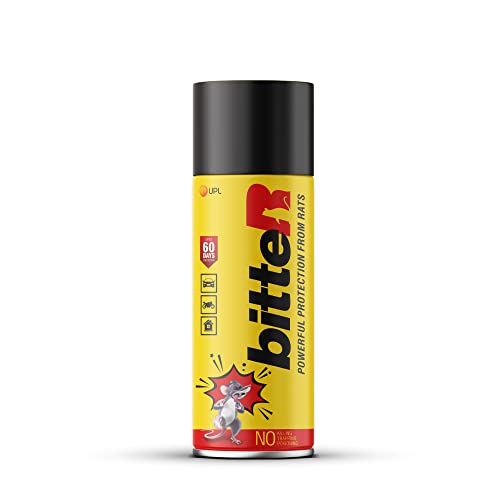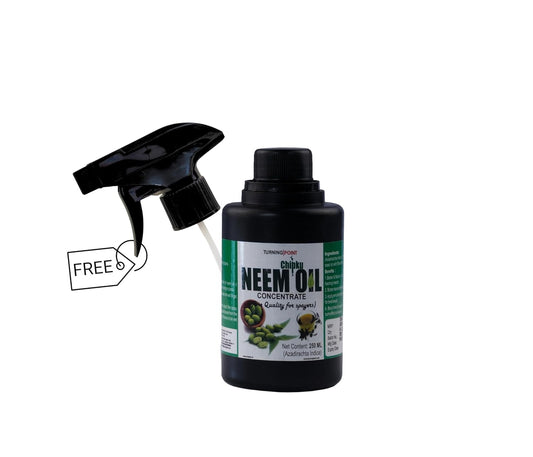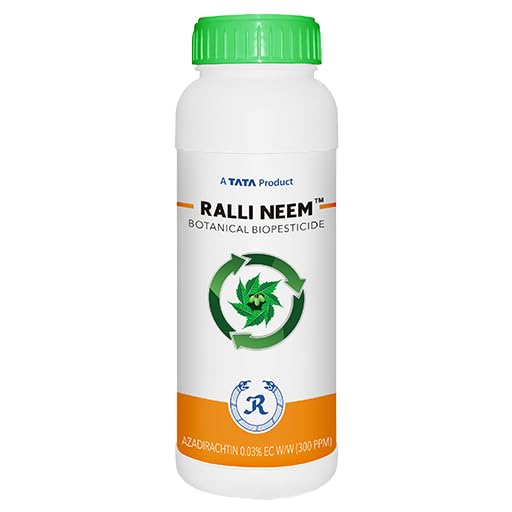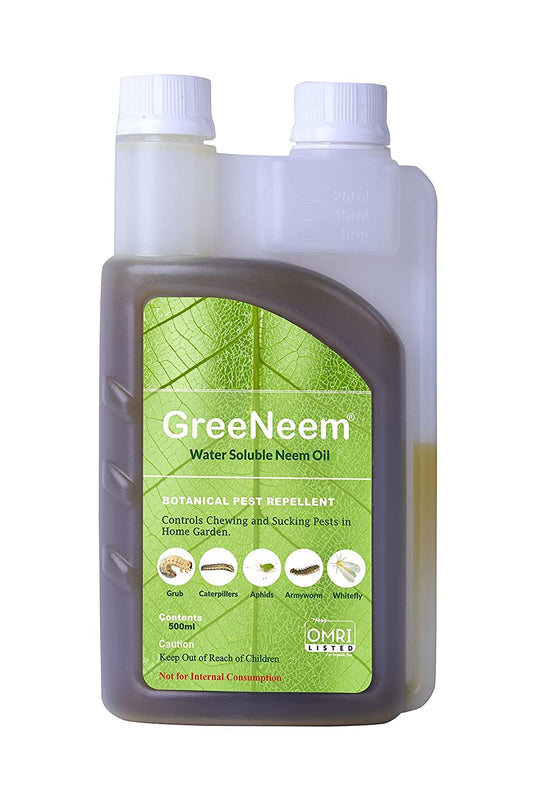
How Indian Farmers make more profit by cultivating bitter gourd : The Complete Guide (Part II)
Share
In previous and first part we have already discussed important points that can help farmers to increase their profit. In this part we shall discuss method of cultivation.
Cultivating bitter gourd
Like every other crop, cultivating bitter gourd requires careful attention to soil preparation, seedling selection, fertilizer application, pest and disease management, and nutrient supplementation. Here's a comprehensive guide to help Indian farmers achieve high yield of bitter gourd:
Soil Preparation:
Farners need to select the site carefully to ensure that it suits the crops. Choose a well-drained, fertile site with loamy or sandy loam soil. Avoid waterlogged or saline soils as such soils will fail to provide yield in porportion to your efforts. The ideal pH range for bitter gourd is 6.0 to 7.0. If necessary, apply lime to raise acidic soils or sulfur to lower alkaline soils. The farmers reading ResetAgri.in on regular basis are aware that sulphur in its water dispersible granule (WDG) fomula is most useful and it can perform various functions like soil conditioner, fungicide, miticide and fertilizer. A dose of 3 kg sulphur WDG is sufficient when applied through drip irrigation. This dose should be repeated when crop starts bearing flowers. As most new varieties can keep producing fruits for almost one year, deep tillage is recommended for heavy soils, while shallow tillage is sufficient for light soils. Aim for a soil depth of 20-30 cm.
Most indian farmers do not understand the importance of organic carbon. Minimum organic carbon recommended for best crop nourishment is 1%. This can be checked with simple soil testing methods. In case it is not possible, farmers need to incorporate organic matter like well-decomposed farmyard manure or compost at 20-30 kg/m² to improve soil structure, water retention, and
nutrient availability. This is equvivalent to 80 to 120 MT per acre. As this is a tremoundous number, farmers need to adjust FYM quantity with karanj/castor cake, fish meal and potassium humate.
Seedling Preparation:
Farmers need to select high-quality, disease-resistant seeds of bitter gourd varieties suitable for your region and climate. Farmers can mix of varieties so that he has product for every customer. Comparative account on commonly available bitter gourd brands in India is represented herewith.
| Feature | Abhishekh | NS 1024 | US33 | US 1315 | US 6214 |
|---|---|---|---|---|---|
| Plant Vigour | Very high | Medium | Strong | Strong | Excellent |
| Fruit Colour | Dark green | Dark green | White | Dark Green | Dark Green |
| Fruit Length cm | 20-26 | 25-30 | 18-20 | 8-10 | 16 to 20 |
| Average Fruit Weight gms | 110-120 g | 150-200 | 110-120 | 60-70 | 100 to 110 |
| Fruit Shape | Medium long | Spindle | Medium Long | Spindle | Medium Long |
| Picking days | 50 to 60 | 60-65 | 65-70 | 50-55 |
60-65 |
Soak seeds in water for 6-8 hours before sowing. Remove any floating seeds. Treat seeds with a recommended seed treatment formula that contains 2-3 active ingredients, including a fungicide, pesticide, and germination promoter.
Nursery Preparation:
Farmers can use seedling trays for bitter gourd. Seedling trays provide improved germination, reduced root-boundness, and ease of transplanting. Choose a tray that will keep two seedlings 4-6 inches apart. Use a well-draining potting mix. Sow one bitter gourd seed per cell. Cover the seeds with a thin layer of sand or potting mix. Place the tray in a warm, moist, sunny location. Maintain moisture. Avoid overwatering. Fertilize the seedlings every two weeks with a balanced liquid fertilizer. Protect the seedlings from pests and diseases. Bitter gourd seedlings are susceptible to a number of pests and diseases, including aphids, beetles, and powdery mildew.
Harden off the seedlings before transplanting them into the field. This will help them to adjust to the outdoor environment.
Please continue reading part III










